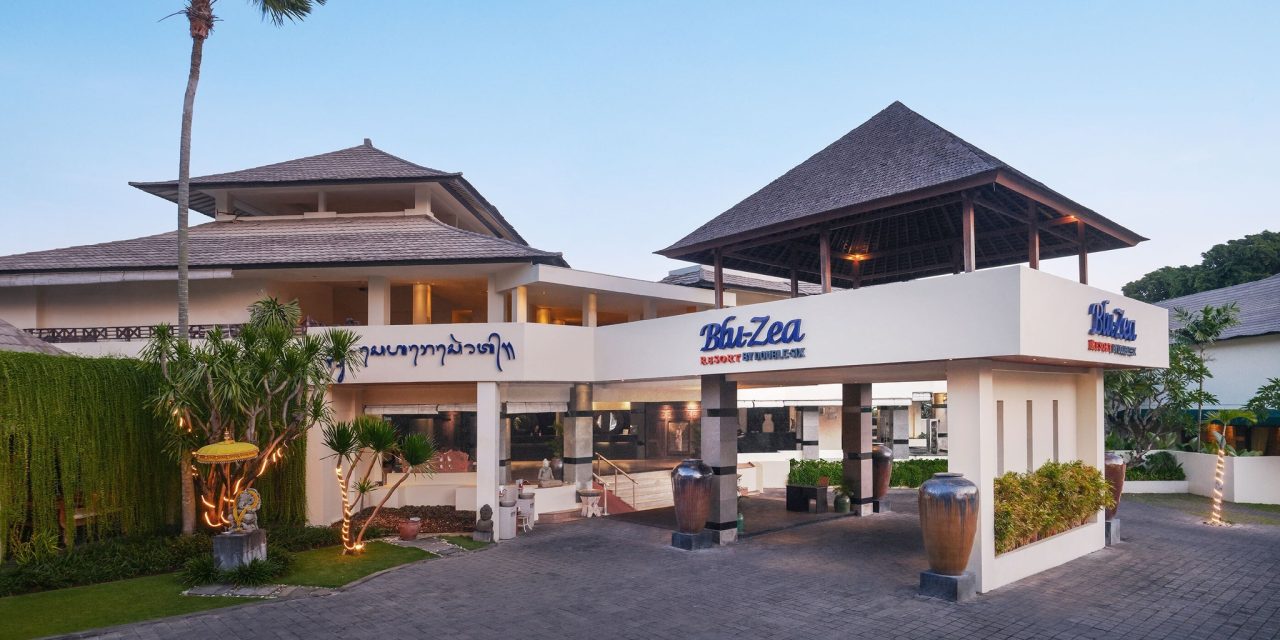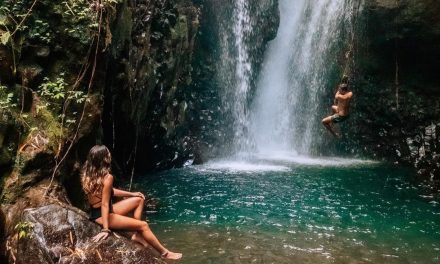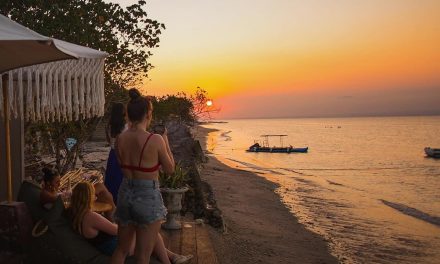If you’ve ever found yourself wandering through the lush landscapes of Ubud, Bali, with your camera in hand, you’ve probably encountered the breathtaking temples that pepper this region. Having spent many afternoons exploring these spiritual sites, I’ve gathered a collection of photography tips that will help you capture their beauty authentically and creatively. So grab your camera and let’s dive into some handy photography tips for Ubud temples!
1. Timing is Everything
One thing I learned quickly during my visits is that the light can dramatically change the mood of your photos. Early morning or late afternoon are the best times for photography, often referred to as the golden hours. I remember a particular morning at the iconic Tirta Empul Temple. The soft light streaming through the intricate carvings illuminated the stone beautifully, casting gentle shadows and creating a serene atmosphere perfect for photographs.
Practical Tip:
Plan your visit so you can catch the sunrise or sunset. Apps like Golden Hour can help you determine the best times to shoot.
2. Understanding the Architecture
Ubud’s temples are not just stunning; they are steeped in cultural significance. Each temple has unique architectural features, so take some time to learn about them. When I first visited Goa Gajah (Elephant Cave), I was fascinated by the intricate stone carvings—the way they told stories of Balinese mythology.
Practical Tip:
Before you arrive, do a little research on the temple’s history. This will not only add depth to your photography but will also allow you to appreciate what you’re capturing. When you photograph those carvings, think about how best to showcase their story.
3. Incorporate Local Culture
What makes Ubud temples truly special isn’t just their architecture; it’s the people who visit and worship there. I still remember witnessing a traditional Balinese ceremony at Pura Taman Saraswati. The colorful offerings and the vibrant attire of the worshippers created compelling photographic opportunities.
Practical Tip:
If you are comfortable, ask locals if you can take their pictures. Always ask for permission first, but most Balinese people are proud of their culture and will be more than happy to pose or share a story with you. These candid moments often result in the most authentic shots.
4. Use Leading Lines and Framing
When I stood at the entrance of Pura Ulun Danu Bratan, the view of the gate framing the temple against the lake made for a stunning shot. Using natural lines, such as pathways or temple walls, can guide the viewer’s eye to the main subject.
Practical Tip:
Look around for elements that can act as frames or leading lines. Try positioning yourself below or above the temple steps for a unique angle. Don’t hesitate to experiment!
5. Capture the Details
While the grand structures of the temples are awe-inspiring, it’s often the smaller details that tell a story. The intricate flower arrangements, the texture of the stones, and the subtle expressions of worshippers can add depth to your portfolio. I remember zooming in on the delicate offerings at Pura Luhur Batukaru—the texture and colors created such a vivid story of Balinese spirituality.
Practical Tip:
Bring a macro lens if you have one, or use your camera’s zoom feature to get close-ups of the smaller details. These images can provide a nice contrast to the wide-angle shots of the temples.
6. Respect the Sacred Space
As photographers, we often get caught up in the technical aspects of capturing a moment, but it’s essential to remember that you are in a sacred space. I once awkwardly tried to set up a tripod during a ceremony at Pura Meru, only to be gently nudged aside by a local priest who reminded me to remain respectful.
Practical Tip:
Always be mindful of the context and what’s happening around you. If a ceremony is in progress, it’s best to observe rather than participate. Aim to blend in and respect those who are visiting for spiritual reasons.
7. Experiment with Different Perspectives
Finally, don’t be afraid to get creative with your shots. Sometimes, the most unexpected angles yield the best results. One evening, while wandering around Pura Beji, I decided to lie on the ground and shoot upwards through the temple’s ornate gates. The resulting shot, with the evening sky framed by the temple’s architecture, became one of my favorites from the trip.
Practical Tip:
Try different angles, heights, and perspectives. Climb a low wall for an elevated view, or crouch low to get a unique foreground. Your creative instincts can lead to surprising, stunning photographs!
Conclusion
Capturing the beauty of Ubud’s temples is as much about the technical aspects of photography as it is about appreciating the culture and spirituality that surrounds these sacred spaces. Each visit offers a new opportunity to engage with your surroundings, meet the locals, and experiment with your craft. So, whether you’re a novice foot soldier in the photography world or a seasoned pro, keep these tips in mind on your travels. Grab your camera, respect the temples, and most importantly, have fun! Your journey through Ubud will not only improve your skills but also offer cherished memories captured in time. Happy shooting!






